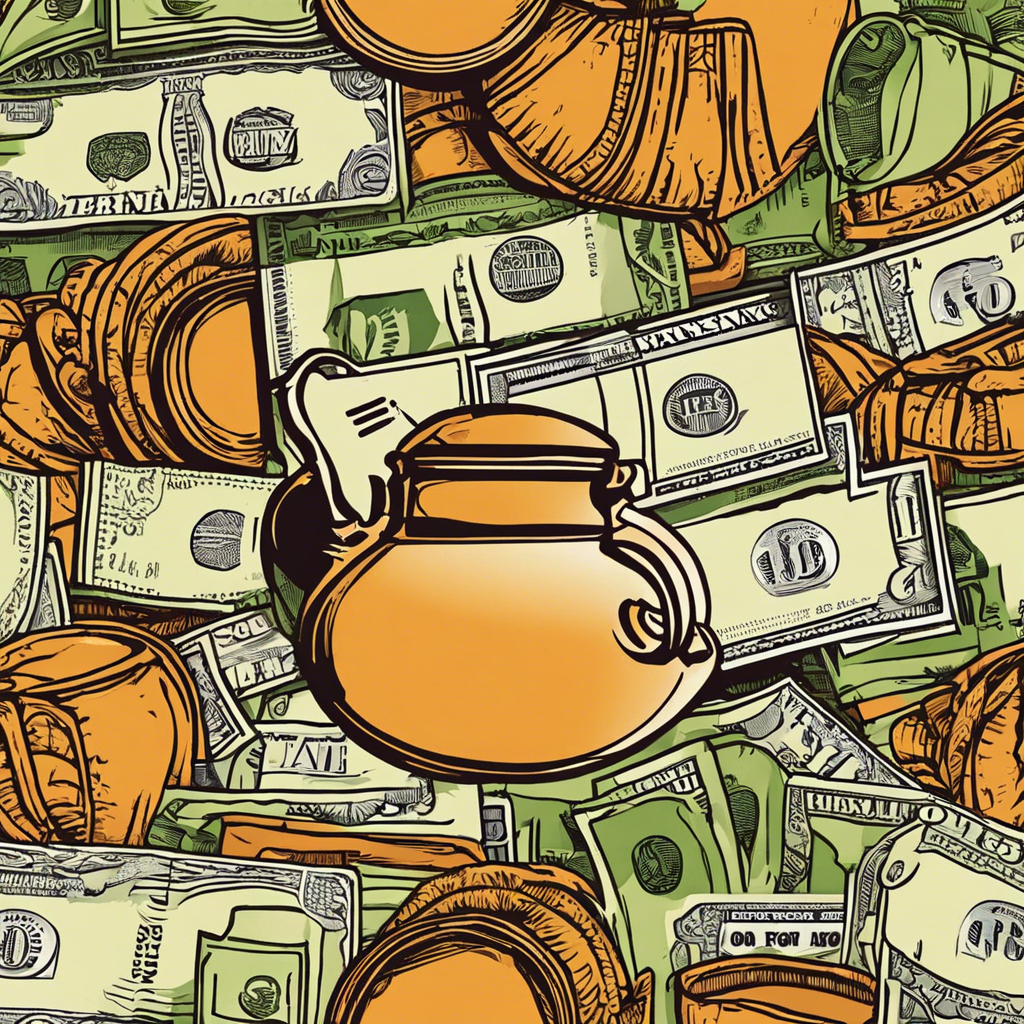Living frugally and saving money is a mindset that can bring significant benefits to your financial health and overall well-being. While some may associate frugality with deprivation, it’s quite the opposite. It’s about being intentional and mindful of your spending habits to achieve financial freedom and security. Here are 15 money-saving habits that can make a real difference in your life:
Paragraph 1:
Creating a budget and sticking to it is the foundation of frugal living. Analyze your income, fixed expenses (like rent or mortgage payments), and variable costs (such as groceries or entertainment). Allocate your money wisely, ensuring that essentials are covered first. This practice gives you a clear overview of your financial situation and helps identify areas where you can cut back. It also empowers you to make conscious choices about your spending, ensuring your money aligns with your values and priorities. By setting realistic budgets and monitoring your progress, you gain control over your financial life and can work towards long-term financial goals.
Paragraph 2:
Groceries represent a significant portion of most household budgets. Strategic shopping and smart cooking habits can substantially reduce these costs. Plan your meals ahead of time, create a detailed grocery list, and stick to it when shopping. Avoid impulse purchases and unnecessary items. Buy in bulk when it makes sense, and take advantage of discounts and coupons. By cooking at home more often, you not only save money but also tend to eat healthier. Consider batch cooking and freezing meals for future use, reducing the temptation for takeout on busy days. These simple steps can result in significant savings over time.
Paragraph 3:
Being mindful of your energy usage can lead to substantial savings on utility bills. Simple actions like turning off lights when leaving a room, unplugging appliances not in use, and using power strips can make a difference. Upgrading to energy-efficient appliances and light bulbs may involve an initial investment but will pay off in the long run through reduced energy costs. Seal gaps around windows and doors to prevent heat or air conditioning from escaping, keeping your home energy-efficient. These small changes add up, reducing your environmental impact and lowering those monthly bills.
Paragraph 4:
Transportation costs can eat into your budget, but there are ways to minimize them. If possible, walk, cycle, or use public transportation instead of driving everywhere. Carpooling and ride-sharing services can also provide significant savings. When it comes to air travel, being flexible with dates and using price comparison websites can result in considerable discounts. Additionally, consider the fuel efficiency of your vehicle. Regular maintenance, ensuring proper tire inflation, and adopting fuel-efficient driving habits can lower your gas costs. These choices not only save you money but also contribute to a greener lifestyle.
Paragraph 5:
Entertainment and leisure activities don’t have to break the bank. Instead of costly nights out, host game nights or potluck dinners at home. Explore free or low-cost community events, concerts, and festivals. Many museums and galleries offer discounted or free admission on certain days. Nature provides countless free options, from hiking trails to picnics in the park. Check community boards and local websites for free events and take advantage of library resources. You can also save by subscribing to streaming services that offer diverse content instead of paying for multiple individual channels.
Paragraph 6:
Impulse buying is a common budget buster. Implement a 24- or 48-hour waiting period before making any non-essential purchase. This pause gives you time to reflect on whether you truly need the item and helps you avoid buyer’s remorse. During this waiting period, research alternative options, compare prices, and look for discounts or coupons. You may find that the initial impulse fades, saving you money. If you still feel the purchase is justified after the waiting period, go for it, but with a more informed and considered approach. This simple strategy can significantly reduce unnecessary spending.
Paragraph 7:
Many services and subscriptions tend to auto-renew, and we often forget about them, resulting in unnecessary expenses. Regularly review and cancel any subscriptions you don’t fully utilize or value. From gym memberships and magazine subscriptions to streaming services and app memberships, assess their importance and frequency of use. Many companies rely on consumers’ inertia, hoping they will forget to cancel. Take control by setting reminders and actively managing these recurring payments. You may also consider sharing subscriptions with family or friends to reduce costs further. This proactive approach ensures you only pay for what you truly need and use.
Paragraph 8:
Frugal living is about embracing a mindful approach to spending and saving. It involves a shift in mindset, focusing on experiences, and finding joy in simple pleasures. Instead of keeping up with the Joneses, challenge social norms and consumerist pressures. Cook at home and host dinner parties instead of dining out. Opt for handmade gifts and personalized experiences over expensive store-bought items. Embrace second-hand shopping and the thrill of finding unique treasures. By valuing experiences and memories over material possessions, you cultivate a richer, more fulfilling life, unburdened by excessive spending and debt. This mindset shift is key to successful frugal living.
Adopting these money-saving habits can have a significant impact on your financial situation, helping you achieve short-term and long-term goals. Remember, frugality is a journey, and it’s unique to each individual. Start small, be consistent, and watch your savings grow.
